.jpg) Among the (possibly) inappropriate reading I indulged in as a young teenager (where was Harry Potter?), I devoured the stories of Robert Neill, who wrote several books set in the English Civil War period. His book “Witch Bane†begins with a young woman suspected of witchcraft being publicly stripped and submitted to trial by “prickingâ€. (It was a common belief held that a witch could be discovered through the process of pricking their skin with needles, pins and bodkins and body of the woman (or man!) was closely searched for the “witch’s mark†to which the bodkin was applied in the belief that the person would not feel pain or bleed when pricked). Even though “Witch Bane†is long out of print, I won’t give away any more of the plot but the slightly salacious cover alone was enough to grip me from the start!
Among the (possibly) inappropriate reading I indulged in as a young teenager (where was Harry Potter?), I devoured the stories of Robert Neill, who wrote several books set in the English Civil War period. His book “Witch Bane†begins with a young woman suspected of witchcraft being publicly stripped and submitted to trial by “prickingâ€. (It was a common belief held that a witch could be discovered through the process of pricking their skin with needles, pins and bodkins and body of the woman (or man!) was closely searched for the “witch’s mark†to which the bodkin was applied in the belief that the person would not feel pain or bleed when pricked). Even though “Witch Bane†is long out of print, I won’t give away any more of the plot but the slightly salacious cover alone was enough to grip me from the start!
.jpg) Hopkins’ favourite methods of interrogation (bearing in mind torture was by now illegal in England) were “swimming†(where the woman was bound and thrown into a pond…if she floated she was deemed a witch as she was being rejected the waters of baptism…if she sank, and most likely drowned, then obviously she was innocent); cutting with a blunt knife or sleep deprivation. Hopkins was ordered to discontinue swimming in 1645, unless he had the subject’s permission! By far his favourite was “pricking†(described briefly above). The victim would be shaved of all hair and if a mole or an extra nipple was discovered, it was deemed that this would be the means by which the witch would suckle the devil or an incubus or imp. If found guilty the most common form of execution was hanging. It is estimated that Hopkins was probably responsible for the death of some 200 people between 1645 and 1647.
Hopkins’ favourite methods of interrogation (bearing in mind torture was by now illegal in England) were “swimming†(where the woman was bound and thrown into a pond…if she floated she was deemed a witch as she was being rejected the waters of baptism…if she sank, and most likely drowned, then obviously she was innocent); cutting with a blunt knife or sleep deprivation. Hopkins was ordered to discontinue swimming in 1645, unless he had the subject’s permission! By far his favourite was “pricking†(described briefly above). The victim would be shaved of all hair and if a mole or an extra nipple was discovered, it was deemed that this would be the means by which the witch would suckle the devil or an incubus or imp. If found guilty the most common form of execution was hanging. It is estimated that Hopkins was probably responsible for the death of some 200 people between 1645 and 1647.

|
| Mistley Pond |
Sweet dreams...





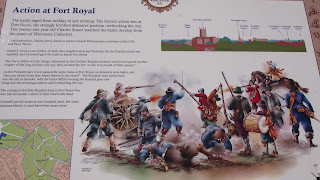




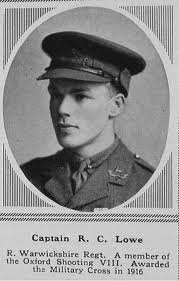



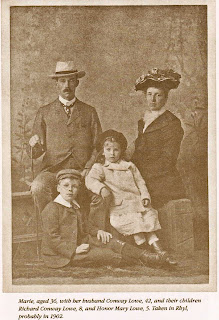
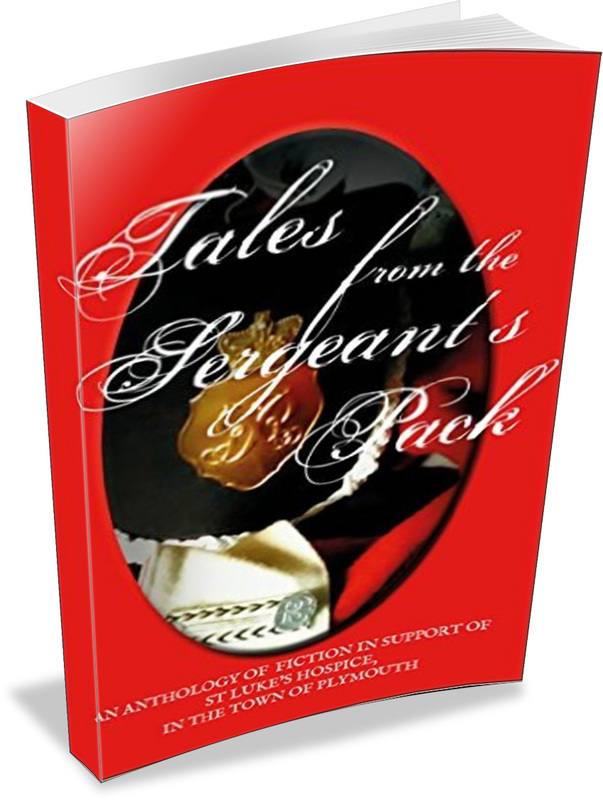
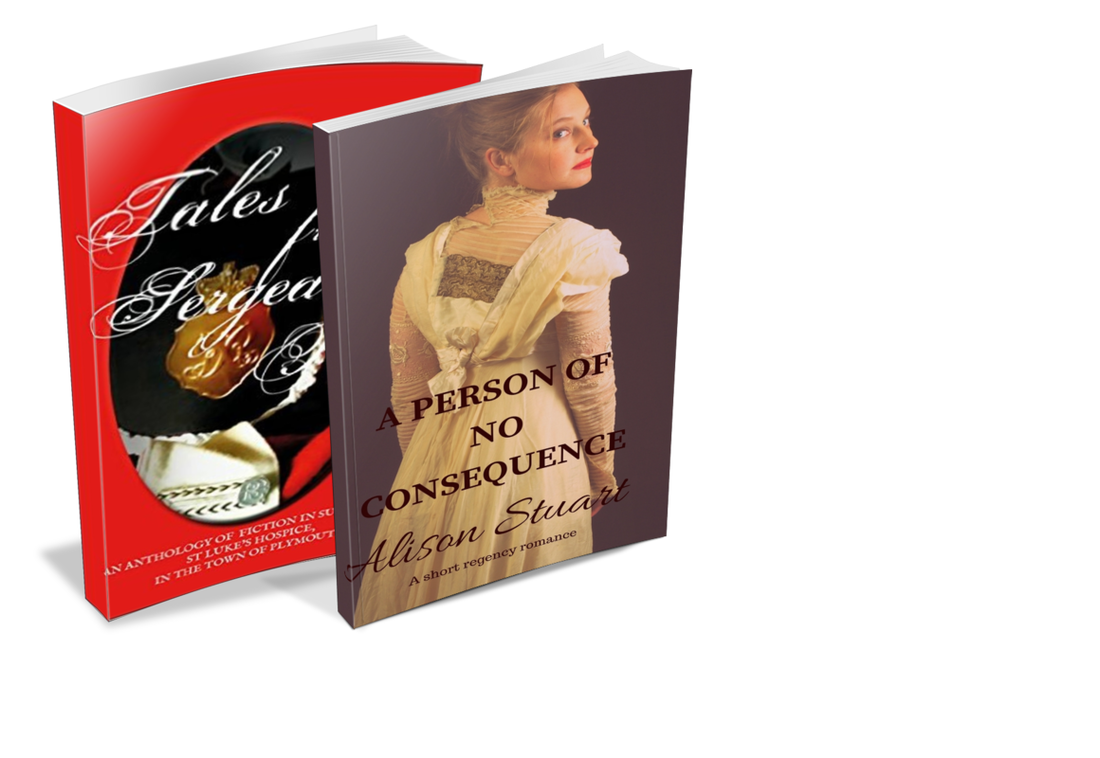

 RSS Feed
RSS Feed